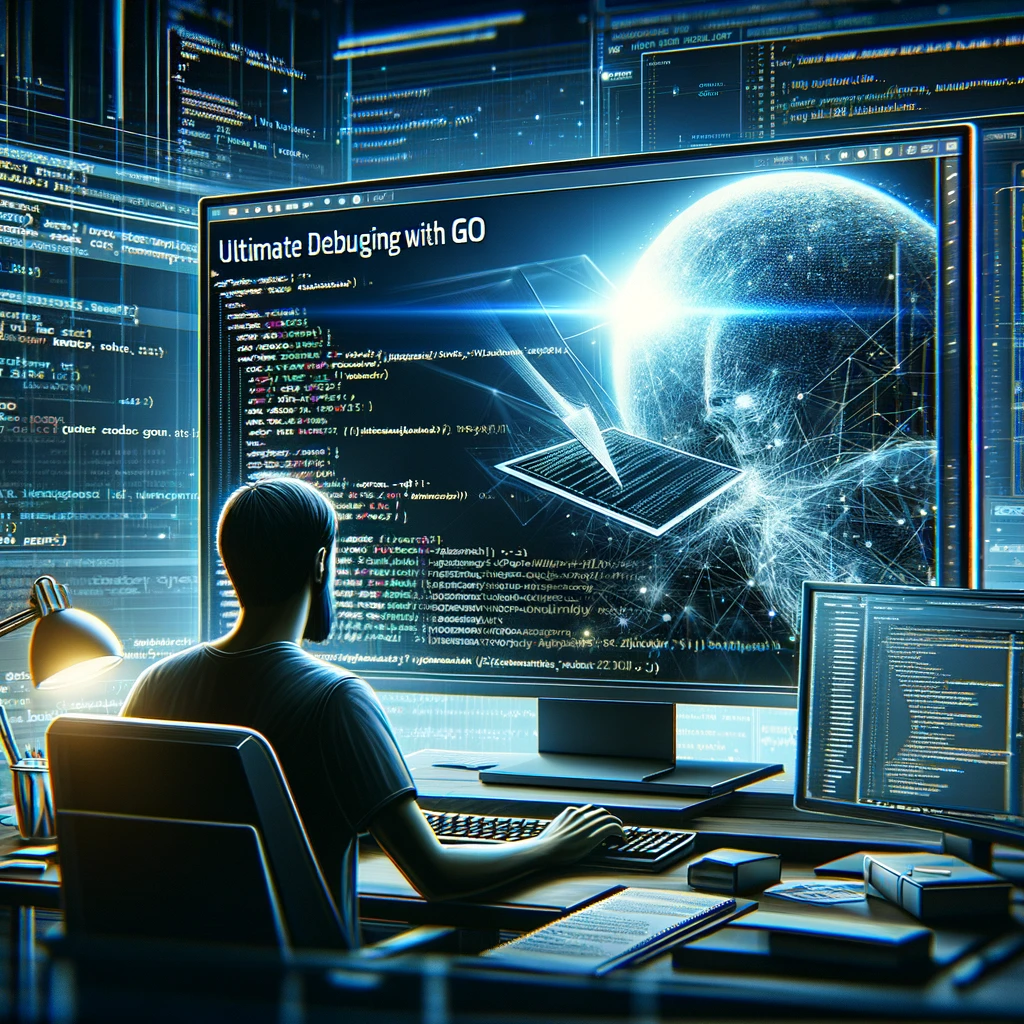There is so much more to Go than just writing HTTP servers.
Nobody has spent more time thinking about, writing about and talking about how to make amazing Command Line Interfaces (CLI) applications in Go than the course author, Marian.
Marian is the author of the best-selling book Building Modern CLI Applications with Go (Available on Amazon), and has been selected to speak at Gophercon twice to share her extraordinary knowledge about how to make beautiful, idiomatic CLI applications using Go.
For the first time, Marian is going to teach you everything she knows in video form.
👩🏫 Over 5 hours of content.
👩💻 No experience with CLIs necessary. We start from the basics and finish with advanced topics. However, Go experience is required.
👨🏫 Guided exercises along the way.
🧑💻 Purchase once, access forever.
🚀 Always up to date.


